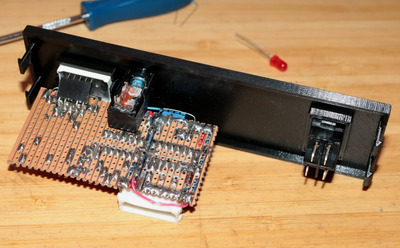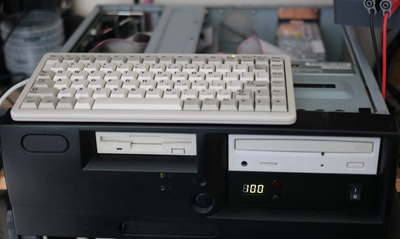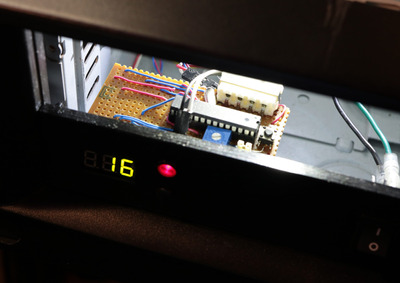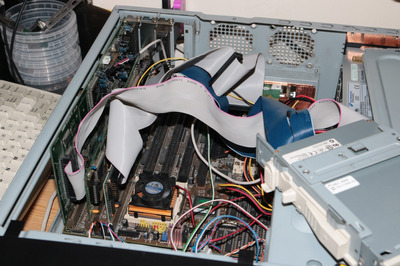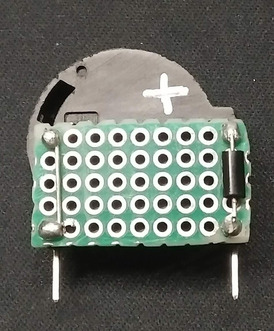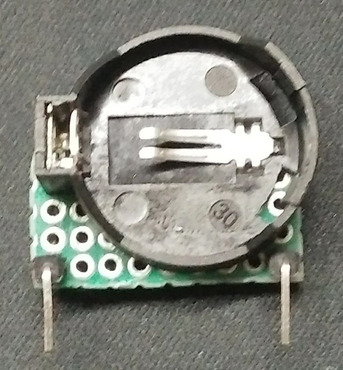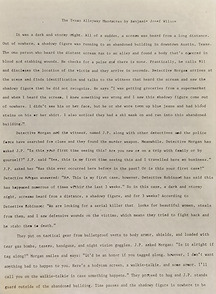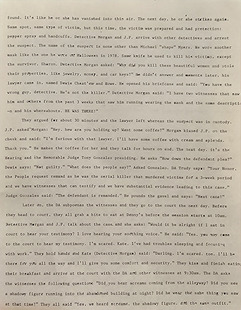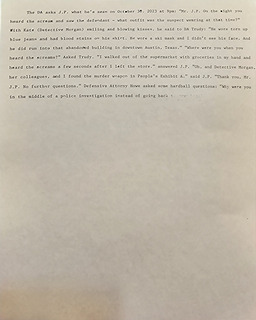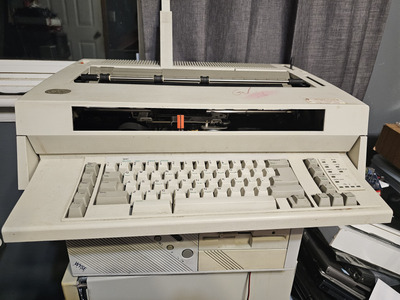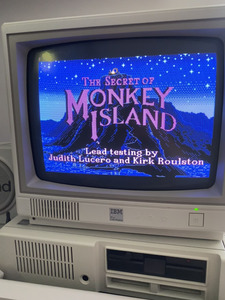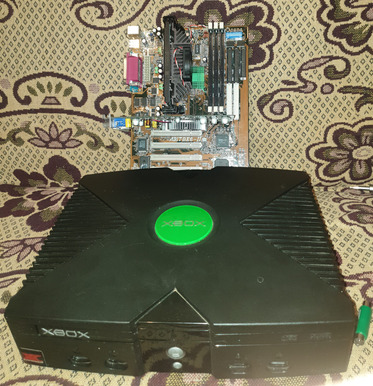Thermalwrong wrote on 2023-07-03, 02:10:
And it's behaving on the breadboard now with an Atmega8A, this is getting transferred to a stripboard PCB tomorrow. Kinda funny, the bugs I had to track down were each caused by my trying to make the variables more efficient (changing int values to bytes)
TurboDisplay-Breadboard.jpg
Now it's finished, but not without a tragedy in the process.
This 486-in-a-Desktop-MATX case doesn't have enough molex plugs, and it runs a doubler off of one. I plugged in a molex > fan adapter that I'd modified ages ago for running at 5v - making it so that it could be plugged in backwards...
I didn't look closely enough when hooking everything back up. 12 volts went into where 5 volts should go and now my Mitsumi FX400 CD-rom drive has gone pop, the atmega8a microcontroller that was doing the display, is no more. 🙁
The atmega8a chip I'm not sad about, I had 2 of them and bought them before the component shortage really took hold, so they were cheap. The remaining one now runs the turbo display. It does mean there's not one left to run the 386 turbo display though.
For the CD-rom drive, I really fried that poor thing. If given power now it's just randomly running motors and can't eject, there's a big hole in one of the chips on the drive's main PCB. I'm glad it didn't do more damage to the computer than just these 2 things.
I Was looking online to see if there would be a similar drive for parts or something, or a similar 4x CD-ROM drive, but then I checked my available 'stock' and it turns out I actually have 2x CRMC-FX400 drives from junk lots over the last few years.
The one I burned was the FX400B and the spare is an FX400D. The bezel is nicer on the one I just destroyed and the manual eject is broken, so figuring out how to swap the bezel over was tricky. I found the eject motor wires and hooked the bench PSU up to get that to eject. Now I've got 1x good Mitsumi 4 speed CD-rom which is working perfectly.
Maybe the dead one's laser mechanism could be useful in future? Or I'll find another busted drive to make one more good one.
This drive bay that adds all the bits that ATX doesn't include has made this PC build so much more usable. Now there's a front rocker switch to turn the PSU on/off, hooked to the AT > ATX cable adapter. Instead of relying on the switch on the back of the PSU.
Added a hook-up point for another LED to run the Power LED since I thought the motherboard doesn't have one (the Soyo 025R2 does actually, apparently have one, shared with the keylock)
The compact flash slot is moved to the extra slot at the back in the ATX backplate 3d-print, since that was blocking the fan.
I've really gotta re-design the 3d printed ATX backplate part to work better, I can see a bunch of things to improve there now.
Since this computer is much easier to use now, I've been benching it and doing some testing. It really hates running those EDO 72-pin SIMMs I modified to run as FPM and now it's got some regular RAM. One RAM slot is falling apart, but 8MB is enough for now. Can't seem to reduce RAM wait states and reducing cache timings at all doesn't want to work. Might need to give this thing some more/better SRAM.
It used to have an AMD 486 DX4 100 in it and running one of the *V8T 486 chips the performance was a little disappointing, not being quicker than 1:1 realtics in doom as a quick benchmark.
Put another AMD 486 DX4-100 in it, but this time one with the part code ending in *8B for write-back. The Soyo 025R2 manual shows how to set up the Intel write-back chips but only does CPU examples rather than saying what each jumper does, no reference to AMD write-back chips.
I decided to find which jumper pin connected to the WB/WT pin in the socket (this page is the top-view layout). That little red jumper is where I worked it out to be for the WB/WT pin.
Can't believe this either, after the earlier burnt stuff I've now put the CPU in rotated 90 degrees after checking the socket pins, I couldn't see the pin1 notch with the heatsink fitted.
I got lucky this time and it was rotated the way where most of the VCC/GND pins still match up. The system boots now the CPU is back in the right way and with the jumper fitted, Write-back is now selectable in the BIOS and it's faster than 1:1 realtics in doom 😁 Overclocked it to 120MHz and now it's even better.
I might put the top back on this thing and put it away working, much safer that way.

